Mystery Foto #13 Solved: A Unique 1906 Transverse V-4 Christie Front-Wheel Drive Engine
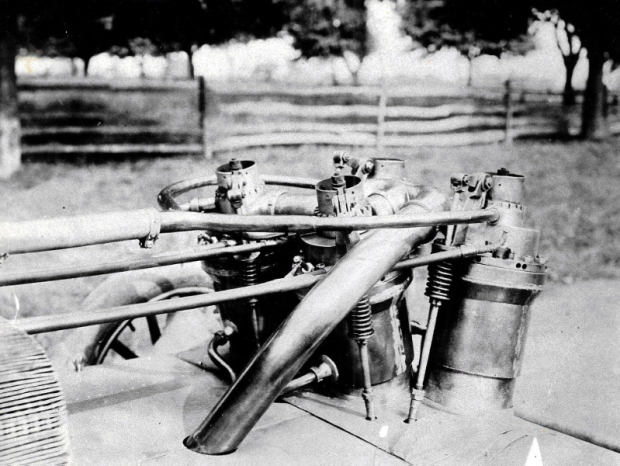
This weekend's Mystery Foto was a never-before-published photo formerly from the Don C. Bouton Collection of a unique Vanderbilt Cup race car engine.
Mystery Foto questions:
- Identify the Vanderbilt Cup Race car, its driver and the year(s) it competed in the Vanderbilt Cup Races.
This was the Christie 100-HP racer that was entered and practiced for the 1906 American Elimination Trial. However, on the morning before the elimination race, it crashed into a telegraph pole and was replaced by a 50-HP Christie touring car.
The driver was Walter Christie with future Vanderbilt Cup Race driver Lewis Strang serving as the mechanician.
- What was unique about the engine?
The Christies were the only racers that competed with front-wheel drive engines in the Vanderbilt Cup Races of Long Island. The Mystery Foto engine was also a unique transverse V-4.
Comments (13)
Congrats to Greg O., Chuck R., Steve Lucas, Penny Harvard, Edward LaBounty, Lee Stohr, E. Dean Butler, Sam Berliner III, Walt Gosden, Colin, Dick Gorman and Tim Iver for identifying the Mystery Foto as a Christie engine.
Kudos to Greg O., Lee Stohr, and E. Dean Butler who identified the engine as the one likely used for the Christie 100-HP racer that crashed before the 1906 American Elimination trial.
Special shout-out to Lee Stohr to become the first person to ever post images to a comment on VanderbiltCupRaces.com! They look great!!
Enjoy,
Howard Kroplick
Close-Up
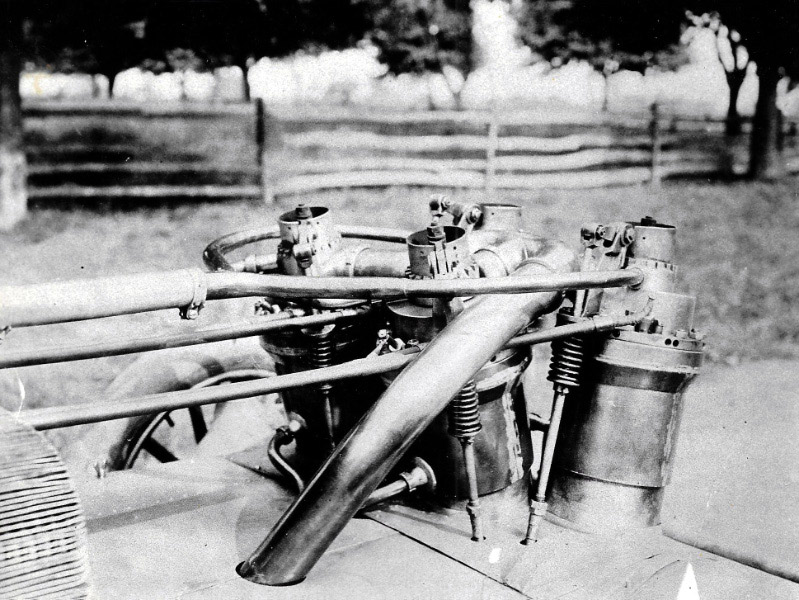
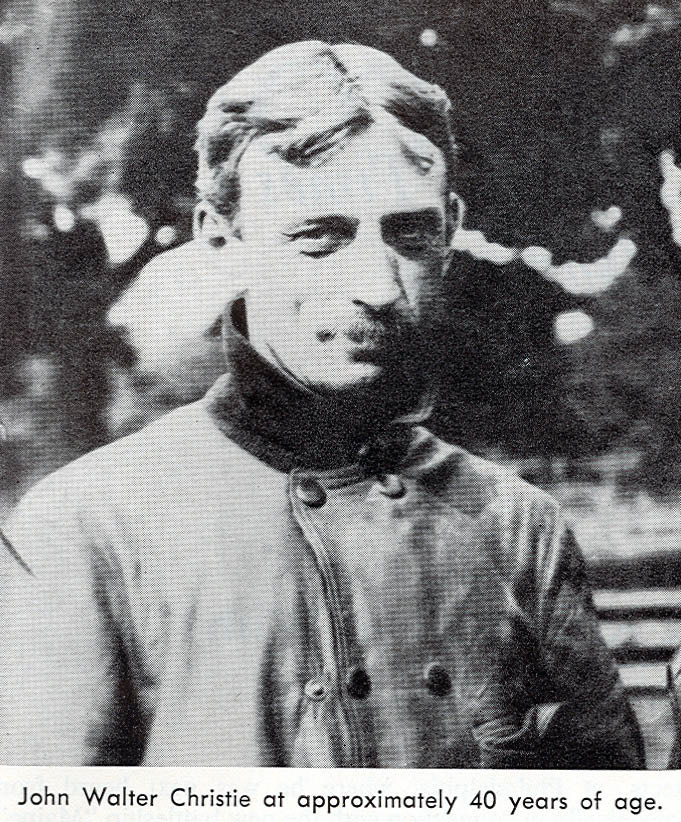
Walter Christie
Practicing for the 1906 American Elimination Trial
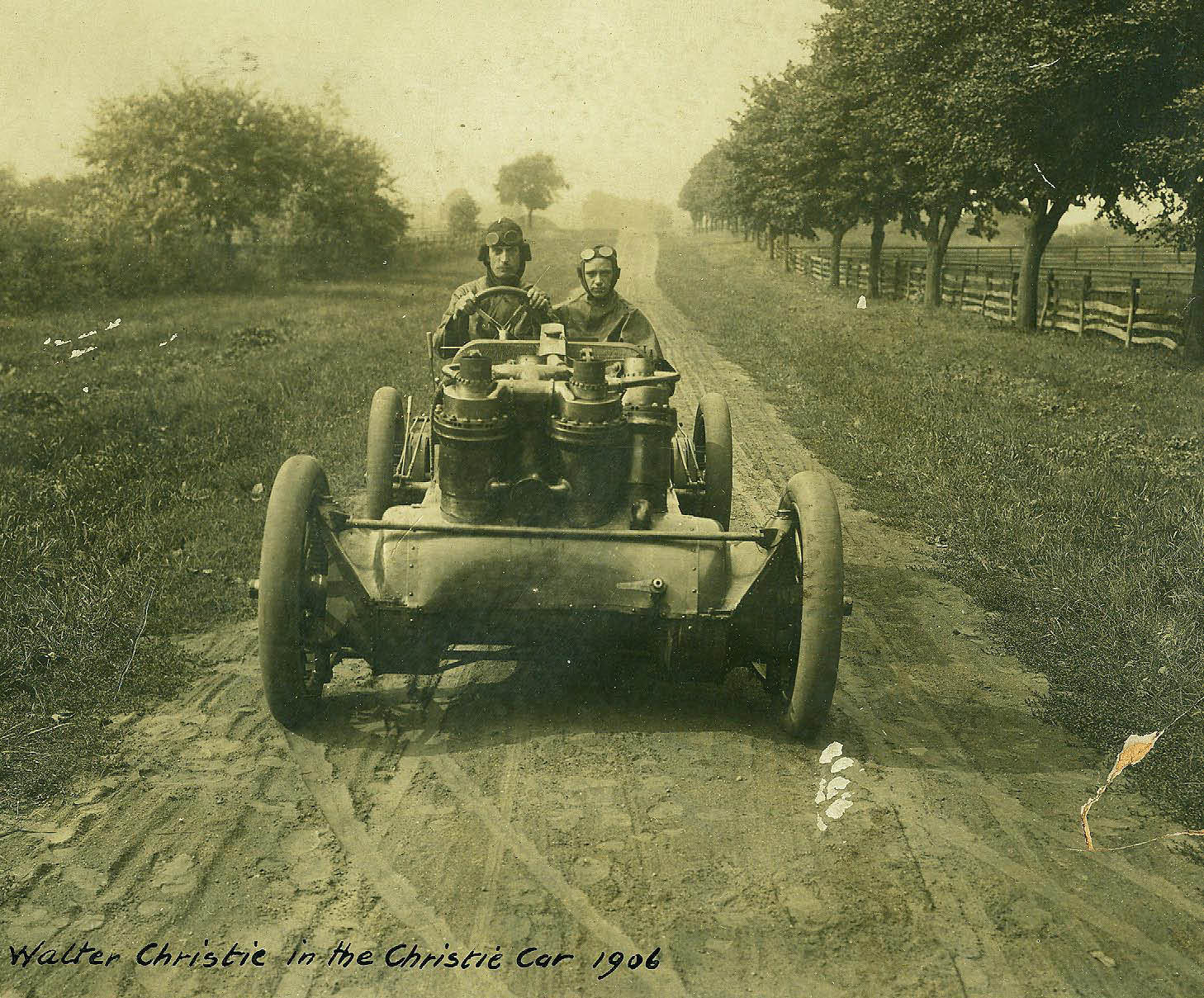
One week before the 1906 American Elimination Trial, Christie brought the new racer on the course for practice runs. The racer can be seen here on I.U. Willets Road in Old Westbury.
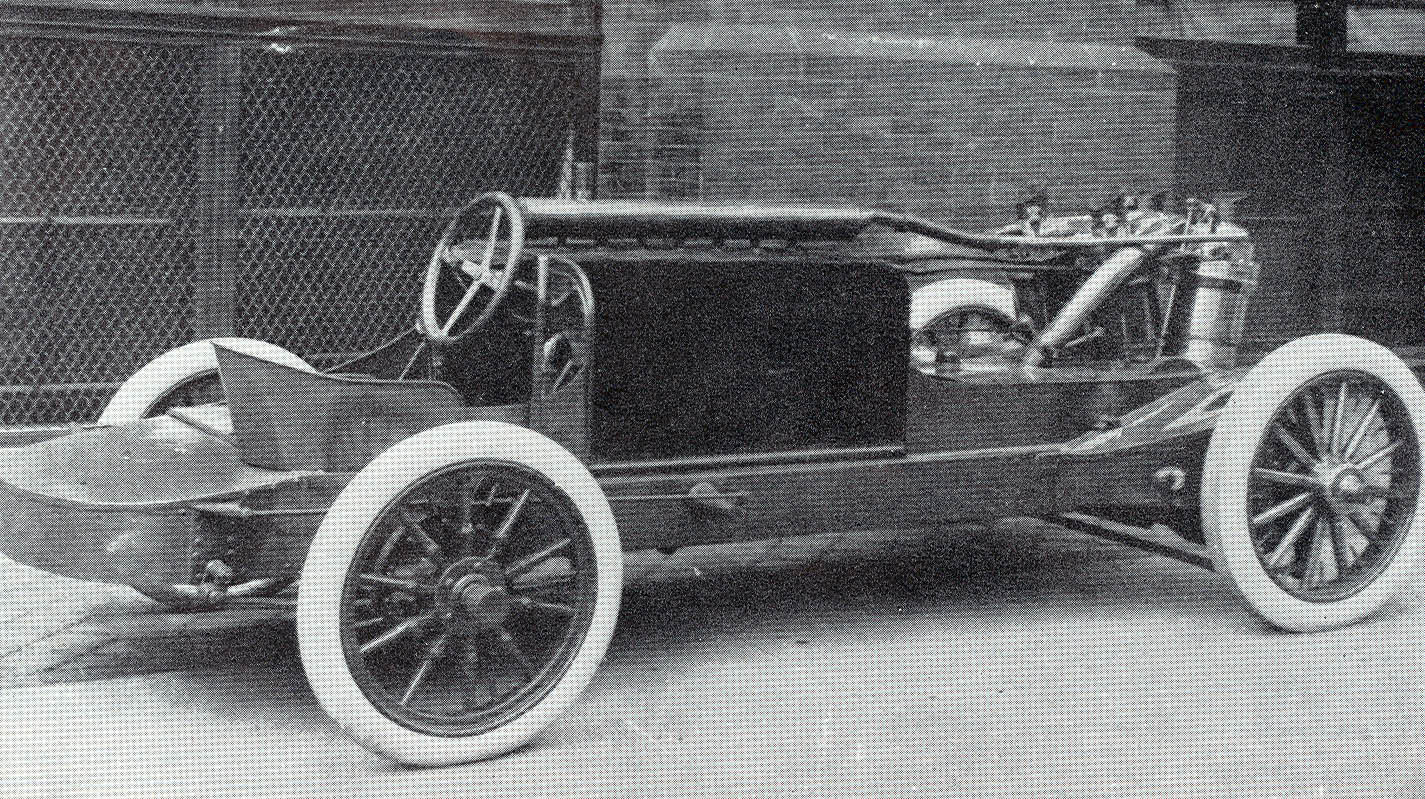
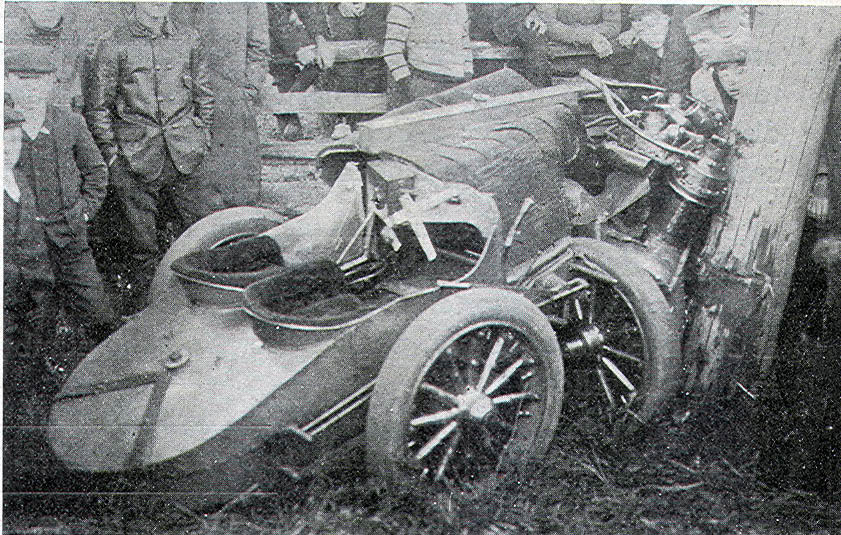
On the morning before the the Elimination Race, Christie clobbered a telegraph pole during practice. He and riding mechanic Lewis Strang – who went on to drive in the Inaugural Indianapolis 500 – were uninjured. Christie reported that the steering gear had been damaged the day before in a relatively minor accident. He and Strang had decided to start the car because they were having trouble with a sticky clutch. They thought moving the machine would release the clutch. Too late, they discovered the steering was useless.
1906 American Elimination Trial
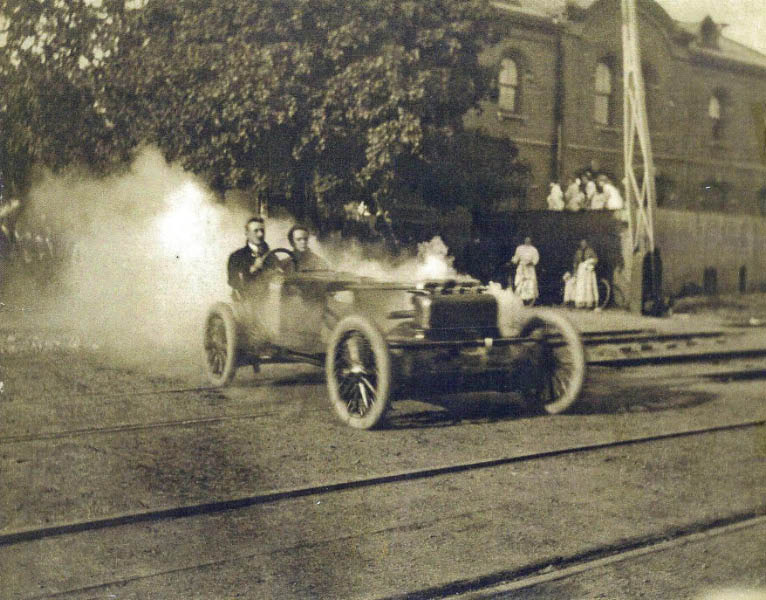
.Christie immediately entered his 50-HP touring car in the competition.
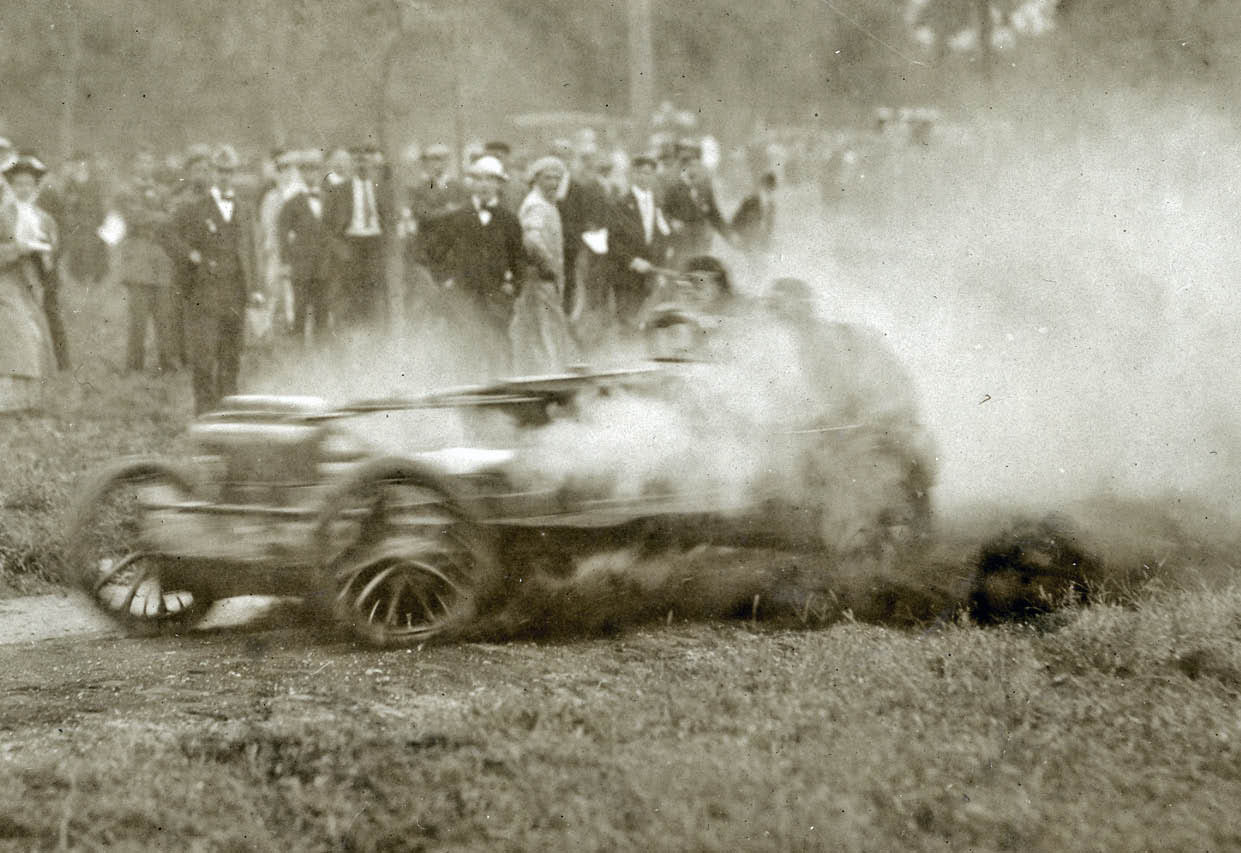
#11 Christie finished fifth and qualified for the 1906 Vanderbilt Cup Race.
1906 Vanderbilt Cup Race
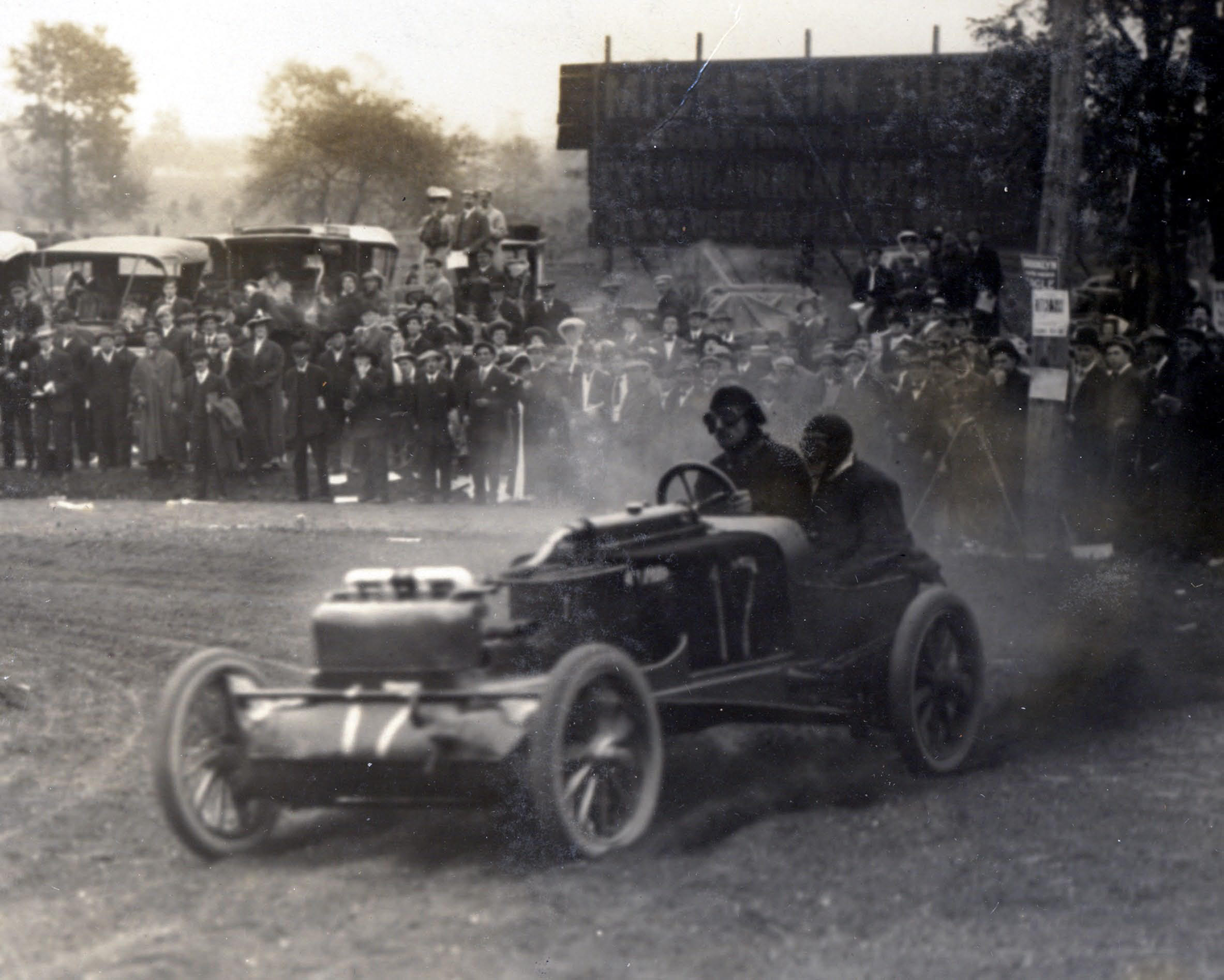
During the race, the Christie developed various engine problems and finished a disappointing 13th of the 17 entries.
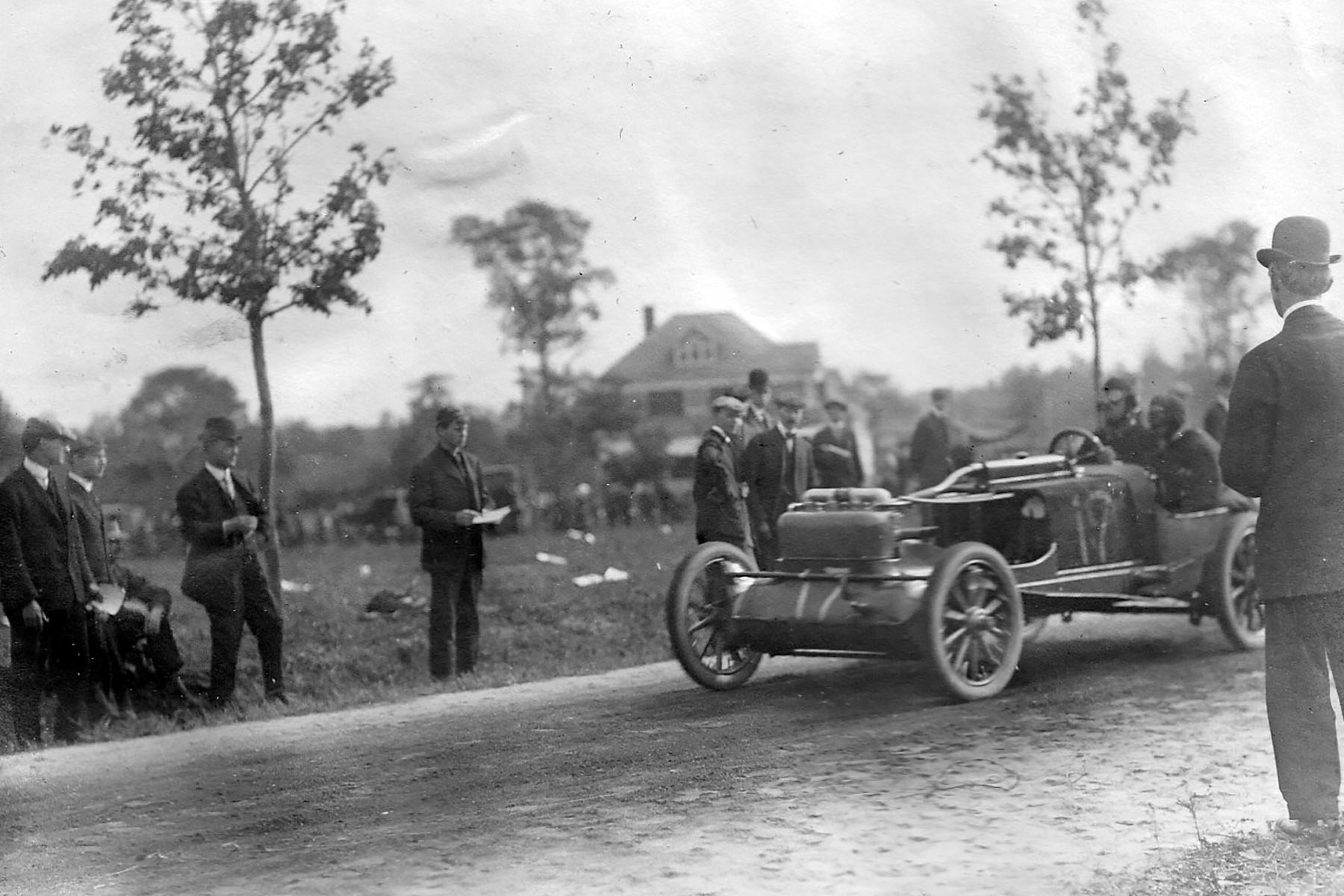
Watch the #17 Christie at the 0:27 second mark.





Comments
-Identify the Vanderbilt Cup Race car, its driver and the year(s) it competed in the Vanderbilt Cup Races.
Walter Christie’s 1905 front wheel drive racer that technically never raced in the intended 1906 Cup Race. One day prior to the 1906 American Elimination Trial, Christie hit a telegraph pole during practice due to steering issues. He and mechanic Lewis Strang were uninjured. He replaced the racer with his 50-HP Christie touring car.
Christie competed in the 1905 & 1906 Cup Races with 2 teams each race. A total of 6 racers over his career.
-What was unique about the engine?
Other than his racers being uniquely front wheel drive, the engine also appears to be in a ‘V’ configuration, also not common for touring/race cars of the day.
In 1905-06 Walter Christie entered his “freak” front wheel drive Christie racer. It was unique mostly because the car was front wheeled drive. It had to be considered direct drive with gears at the tail of each crankshaft, which means presumably without an in and out box setup if the engine was running the car was moving.
Robertson drove it in the ‘05 elimination race, DNQed but the car was permitted in the ‘05 Cup race with Christie at the wheel. The race ended with a pit exit crash of the Lancia and the Christie tangling leaving both cars as SNFs.
Christie’s racers were also V-4 engines as he had only so much room for inlines on a transverse mount, which would account for some uniqueness.
That looks like the unique V-4 engine invented by John Walter Christie (1866-1944) and used on his unusual front-wheel (direct) drive Christie racer. Christie himself drove the racer in the 1905 and 1906 Vanderbilt Cup Races along with the 1906 American Elimination Trial. I believe George Robertson drove the racer in the 1905 American Elimination Trial.
Engine shown in photo is the 50 hp Christie. Car competed in the 1907 Vanderbilt Cup. Running in 5th place when Elimination Trials were called on 9th lap. Running in 13th when race was called 8th lap. Engine had V shaped placement of cylinders permitting larger diameter pistons to be divided into 2 banks of two cylinders for each side. This allowed a larger power bore.
Looks like a front drive Christie.
This is Walter Christie’s 1906 race car, which he developed through the year with the hope of winning the Vanderbilt Cup. It was fast, equaling Barney Oldfield’s one mile American oval track record of 53 seconds. Unfortunately Walter crashed on September 15, while practicing for the Elimination Trial. Walter then stripped down one of his touring cars for the race. It had maybe half the horsepower of this racing engine, but he still qualified for the Vanderbilt Cup and finished 13th. His fastest lap was 33 minutes, compared to the leaders who turned 28 minute laps. The fastest cars in the 1906 Vanderbilt Race had nearly 120hp. Due to the accident, Christie was racing with his production car of only 50hp.
Attached is a photo from the Henry Ford Collection, showing the car and engine from a very similar angle. Also attached is a photo of his wrecked race car, with the engine shown in your photo.
This is the Christie WC-3, also known as the WC-1906. It was built for the 1906 Vanderbilt Cup but was destroyed in the September time trials. The engine was a 100 bhp V4, not the straight 4 configuration of earlier Christies. Walter Christie, Louis Strang as riding mechanic, crashed and destroyed the car during the time trials when another car spun in front of them and Christie ran off the road, hitting a tree. The car could not be repaired in time for the 1906 race, so Christies quickly stripped and prepared a 50 bhp straight 4 touring car for the race. This car was underpowered for the event and finished way down, but it did finish. The car in the photo never ran in the Vanderbilt Cup race itself.
[i tried to send a response earlier but was suffering internet problems so not sure it transmitted]
Once again w/o cheating, I’ll bet that’s J. Walter Christie’s transverse front-drive engine in a rare rear-quarter view! Sam, III
Christie front wheel drive. At the loft in the Long Island Automotive museum was the hood for the taxi that Christie made. Not sure where Austin got it from, but I recall several people - myself included , stumbling over it in the dark loft as we searched for parts and lamps and “stuff” to buy on Iron Range Days.
This one of J Walter Christie’s early front wheel drive V4s, that he personally demonstrated and raced, without much success. A brilliant designer and builder, he went on to design the early bogey wheel design for tanks which was rejected by the US, and went on to be used by the Russians.
Mystery Foto # 13… the race car is a Christie V4 (20 liters, I believe) driven, of course, by John Walter Christie. The mecanician was perhaps George Robertson or Lewis Stang. The year was 1905 or 1906. The huge transversely mounted engine drove the front wheels with crankshaft mounted spur gears and telescopic U-Joints on each end of the crank. The unique engine used 8 (eight) atmospheric inlet valves per cylinder and one mechanically opened overhead exhaust valve per cylinder!
Looks like one of J. Walter Christie’s front wheel drive engines which he drove in the 05 and 06 Cup races.
Barney Oldfield, Master Driver of the World & America’s Legendary Speed King with Walter Christie engineer and builder of the front wheel drive Christie Racers. Barney was the first to lap the Indy over 100 mph in a Christie Racer on May 28, 1916 @ 102.623 mph. A recreation of the Christie is being built as the original was scrapped. Thanks to all for keeping American Automotive Racing History Alive! http://www.brownfoxbooks.com, www;firstsuperspeedway.com
Whoa! Oldfield front view. Look at that right front wheel - DUALS! Plus a shock absorber or snubber {?}. Counter-(Anti-)clockwise running on an oval dirt, Belgian block, or brick track, I presume. Sam, III
Oh, TOO funny! There are several pix on line with the RH duals. Do you think I EVER noticed that before? Sam, III